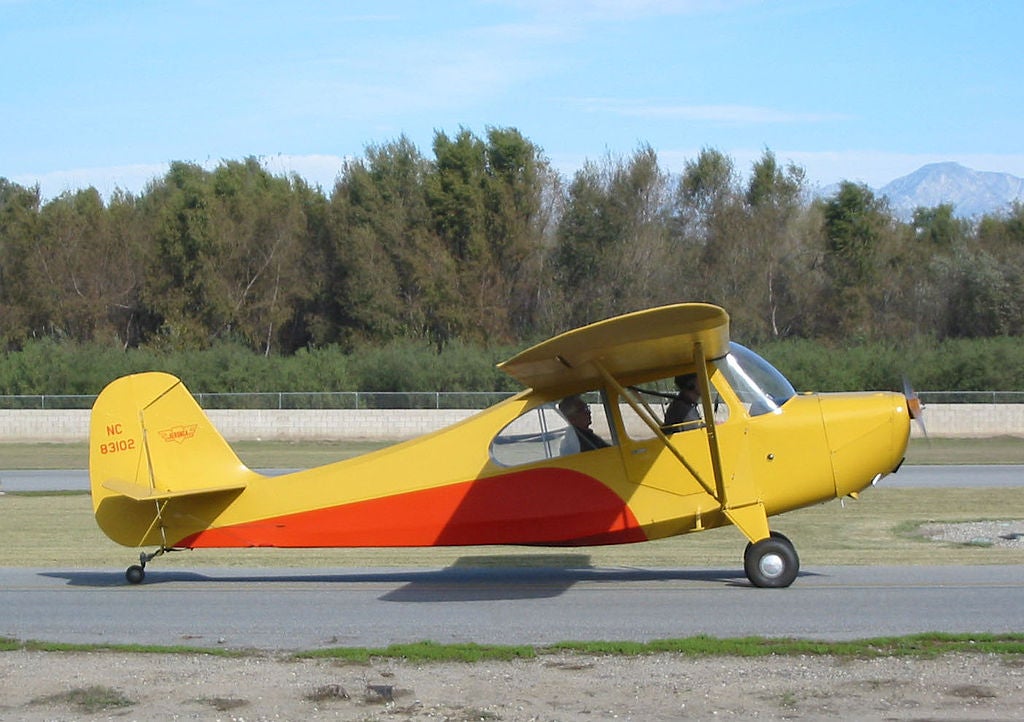Speed is a difficult topic. It unites and divides us. Pilots and nonpilots obsess over it, always asking how fast a given airplane can travel to whatever destination. We compare cruise speeds, time to climb, mixture-tweaking, and other tricks for squeezing out a few more knots. Sometimes it seems like we all wish we could arrive just a bit sooner.
However, there is also that oft-quoted idea that getting there is half the fun. And since flying one’s own airplane certainly is fun, shouldn’t we be willing to relax and enjoy the trip? After all, a few knots here and there—or even 10 or 20 knots—might not make a huge difference in the duration of your trip. At least that’s how some pilots feel. And what about the cost? Incremental speed increases are usually expensive, from both fuel and aircraft perspectives.
And since flying one’s own airplane certainly is fun, shouldn’t we be willing to relax and enjoy the trip?
To sort out the performance differences among aircraft in the general aviation fleet and how those variations affect travel time, we cast a wide net. At the slow end, the 1945 Aeronca 7AC Champ may appeal to someone longing to get closer to aviation’s roots. But crossing a few states might take all day. At the other extreme, a relatively new Daher TBM 930 will zip from New York to Chicago in two hours. For price comparisons, consider shopping for a used car versus a mansion.
The middle of our hypothetical fleet covers the types of aircraft for which most pilots are likely to shop. Deciding between models can come down to small differences in speed or factors related to it. So we looked at two typical trip distances to help pilots find the points at which speed becomes a significant advantage. We also considered fuel consumption for each model and touched on some of the design differences and quirks that might affect the decision to buy. Below, for your consideration, is our lineup:
1945 Aeronca 7AC Champ: I got my first airplane ride in a Champ—on floats—so I have a place in my heart for them. They are also a relatively inexpensive way to get into the vintage aircraft scene. But oh, are they slow. You cannot be in a rush traveling in one of these, and you’ll have to take special care of its fabric covering. Still, they generally will cut your travel time in half compared with driving—unless there’s a headwind.

1982 Cessna 172P: Many student pilots have found the 172 they trained in is also a decent, economical traveling machine, especially if the trips aren’t too far. It holds up well when compared with some faster airplanes on a 200 nm flight, though you might be late for lunch. But the 500-mile journey could be a test for some folks. Perhaps its biggest advantage is short-field performance that opens up out-of-the-way strips where others might fear to tread.

1976 Rockwell Commander 114: I got my complex and high-performance endorsements in a Commander and would be happy to travel in one of these roomy four-seaters. One bonus is that its handsome design fetches compliments on the ramp. But I laugh at the handbook performance numbers because it would take quite a dive to get my club’s 114 up to 157 knots. Maybe it is something with our particular airplane, but I don’t see any obvious drag inducers hanging off the airframe.
1980 Beechcraft A36 Bonanza: Certain details account for why so many pilots and their families want this six-place Bonanza. The second and third rows of seats face each other, club style, and make the cabin look huge. Concerning speed, these airplanes occupy a sweet spot. While they are not the fastest, I have yet to hear a complaint about a slow Bonanza. There are enough engine variations, including turbocharged models, to help satisfy the speed-obsessed.
1990 Mooney M20M TLS: For decades Mooneys gave pilots more for less, as in more speed with less horsepower than four-seat retractable competitors. The TLS let some of that go, using a big-bore turbocharged engine to boost speed. Critics say the airplane’s range suffers because the engine guzzles gas, and Mooney interiors have always been designed for trim folks who aren’t tall. But all that muscle helps this airplane leave Bonanzas and Cessna 210s behind.

2018 Daher TBM 930: We have all laughed at jokes about the relationship between speed and money, right? Well, here’s where it gets serious. For piston pilots, turboprops are a new world of huge horsepower, trick propellers and other complexities. But if you want to make a 500-mile trip in the time it takes many airplanes to fly 200 miles, this could be the answer. Of course, the scalding 37-minute run from New Jersey to Provincetown might take longer because it isn’t practical to climb to the optimal altitude for top speed.
